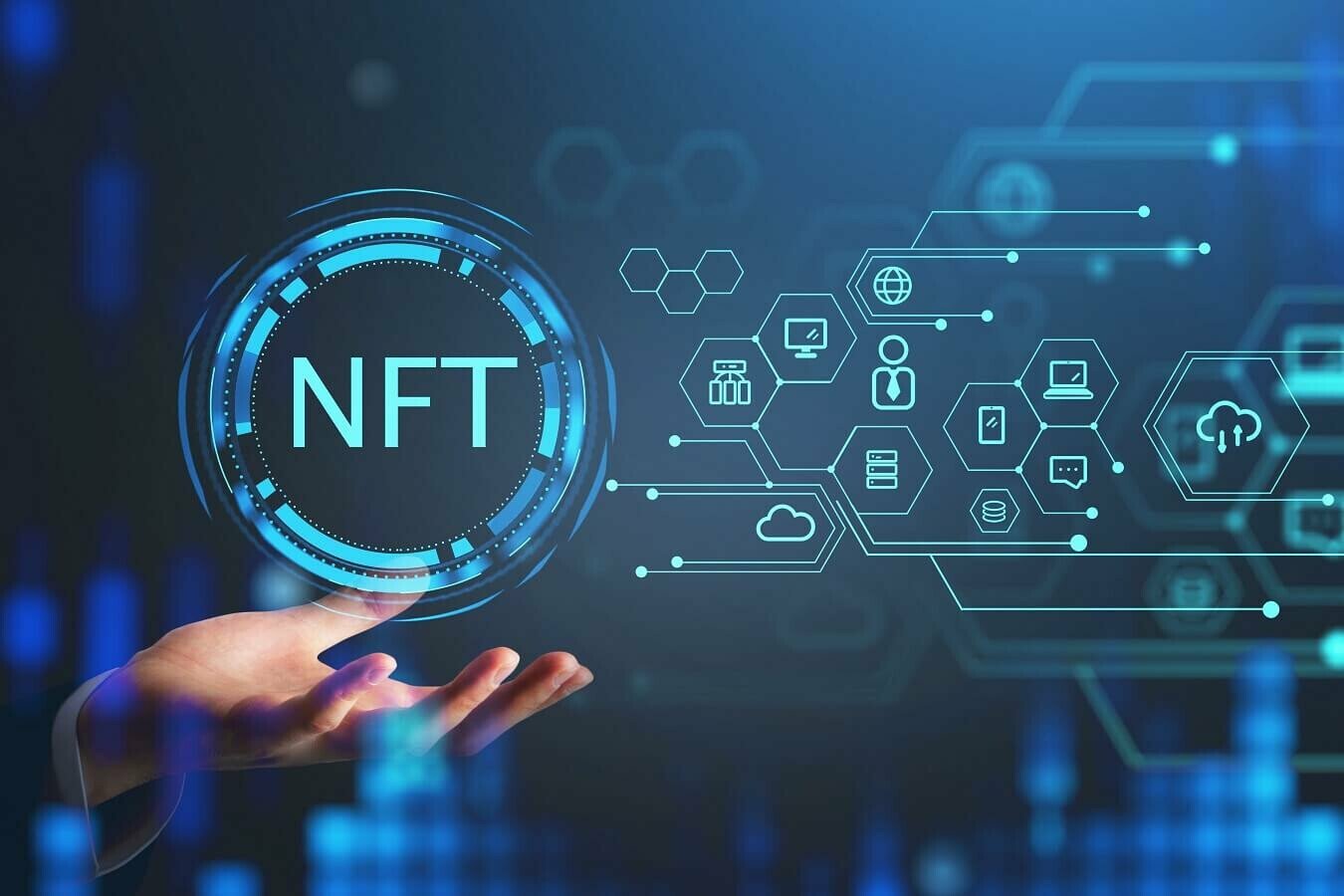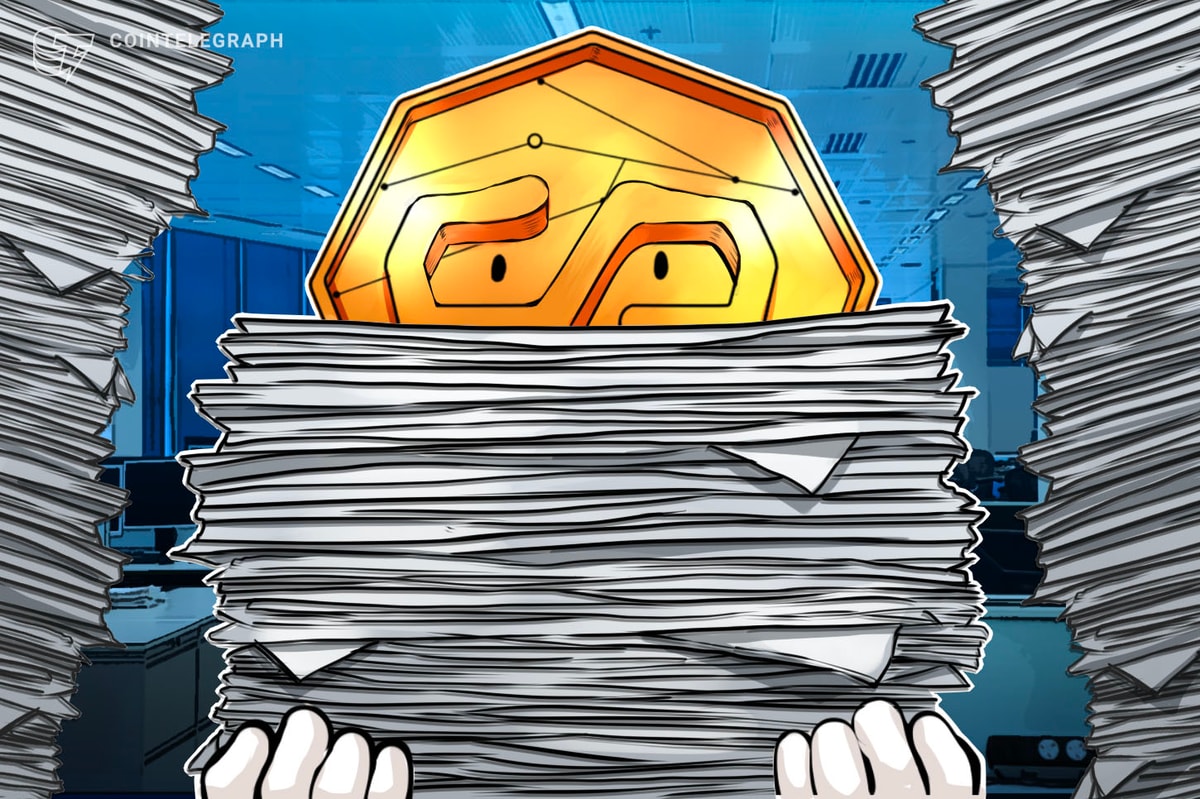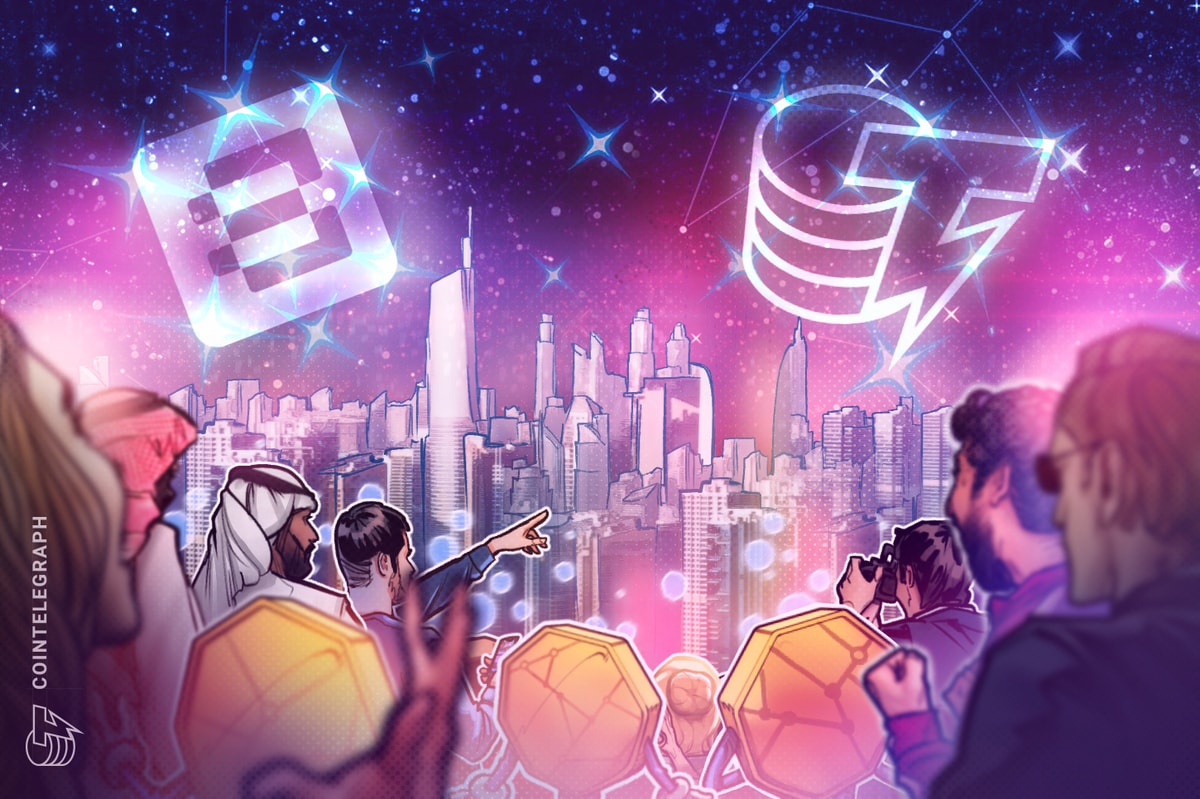
The NFT market is experiencing a tumultuous slump, with tensions rising between traders and creators of digital collectibles rising amid controversy surrounding royalties.
This friction has resulted from the recent decision by top NFT exchanges, including Blur and OpenSea, to cut royalty rates paid to artists when a token’s ownership changes.
The reason behind the move is that lower costs will incentivize more buying and selling in a market that has seen trading volumes plummet by 95% from $17 billion in January 2022, according to a recent report from Bloomberg.
Royalties, which reached a peak of $269 million in January, have since dwindled to just $4.3 million in July, as the rates paid fell from as much as 5% per transaction to a meager 0.6%.
This significant drop in artist income could potentially discourage new work, further stagnating a market that has already experienced a significant downturn.
The NFT market enjoyed a successful period from August 2021 to May 2022, with cumulative monthly royalties reaching $1.5 billion, largely fueled by the popularity of collections like Yuga Labs Inc.’s Bored Ape Yacht Club.
However, as the market began to decline due to the waning effects of pandemic-era stimulus, creator payouts suffered.
The introduction of Blur in October caused a significant disruption in the NFT market.
The platform incentivized trading by lowering royalty rates, quickly capturing over 70% of daily volume on the Ethereum blockchain, according to a Dune Analytics dashboard.
This move put pressure on the previously dominant OpenSea platform to follow suit.
“With the launch of Blur, NFTs became progressively more financialized,” noted Ally Zach, a research analyst at Messari.
The NFT Royalities Dilemma
Some experts advocate for embedding royalty rates directly into the software governing NFTs, rather than allowing exchanges to adjust them as variable variables.
Marketplaces like SuperRare and Art Blocks enforce these payouts.
“As with all things in web3, rules must ultimately always be governed through code, not through hoping social norms will be enough,” said Chris Akhavan, chief gaming officer at NFT marketplace Magic Eden.
Shiva Rajaraman, Chief Business Officer of OpenSea, highlighted the need to find new opportunities for creators to engage with their communities and make a living beyond traditional creator fees in an interview with Bloomberg.
He suggested linking NFTs to merchandise sales as a potential source of income for artists.
However, artist Matt Kane, whose Right Place & Right Time NFT sold for over $100,000 in 2020, warned that a decline in creator engagement, resulting from reduced quality and diversity of NFTs, would outweigh any temporary surge in trading volumes resulting from lower transaction costs.
Kane shared that many of his collectors are patrons of the arts who manually send him additional royalties after transacting on non-enforcing platforms.
However, not all collectors share this sentiment.
“One promise of this technology is moving us into a non-zero-sum economy, where one person’s win is the win of the many,” Kane said.
“Right now, we’re going backwards to zero-sum, where one person’s win is another’s loss.”
Read More: cryptonews.com








 Bitcoin
Bitcoin  Ethereum
Ethereum  XRP
XRP  Tether
Tether  Solana
Solana  USDC
USDC  Dogecoin
Dogecoin  Cardano
Cardano  TRON
TRON  Lido Staked Ether
Lido Staked Ether  Sui
Sui  Wrapped Bitcoin
Wrapped Bitcoin  Chainlink
Chainlink  Wrapped stETH
Wrapped stETH  Avalanche
Avalanche  Stellar
Stellar  Shiba Inu
Shiba Inu  Pi Network
Pi Network  Hedera
Hedera  Hyperliquid
Hyperliquid  Toncoin
Toncoin  Bitcoin Cash
Bitcoin Cash  LEO Token
LEO Token  Polkadot
Polkadot  Litecoin
Litecoin  WETH
WETH  USDS
USDS  Wrapped eETH
Wrapped eETH  Monero
Monero  Pepe
Pepe  Bitget Token
Bitget Token  Binance Bridged USDT (BNB Smart Chain)
Binance Bridged USDT (BNB Smart Chain)  Ethena USDe
Ethena USDe  Coinbase Wrapped BTC
Coinbase Wrapped BTC  WhiteBIT Coin
WhiteBIT Coin  Uniswap
Uniswap  Bittensor
Bittensor  NEAR Protocol
NEAR Protocol  Aptos
Aptos  Dai
Dai  Aave
Aave  Ondo
Ondo  OKB
OKB  Internet Computer
Internet Computer  Ethereum Classic
Ethereum Classic  Cronos
Cronos  BlackRock USD Institutional Digital Liquidity Fund
BlackRock USD Institutional Digital Liquidity Fund  Tokenize Xchange
Tokenize Xchange